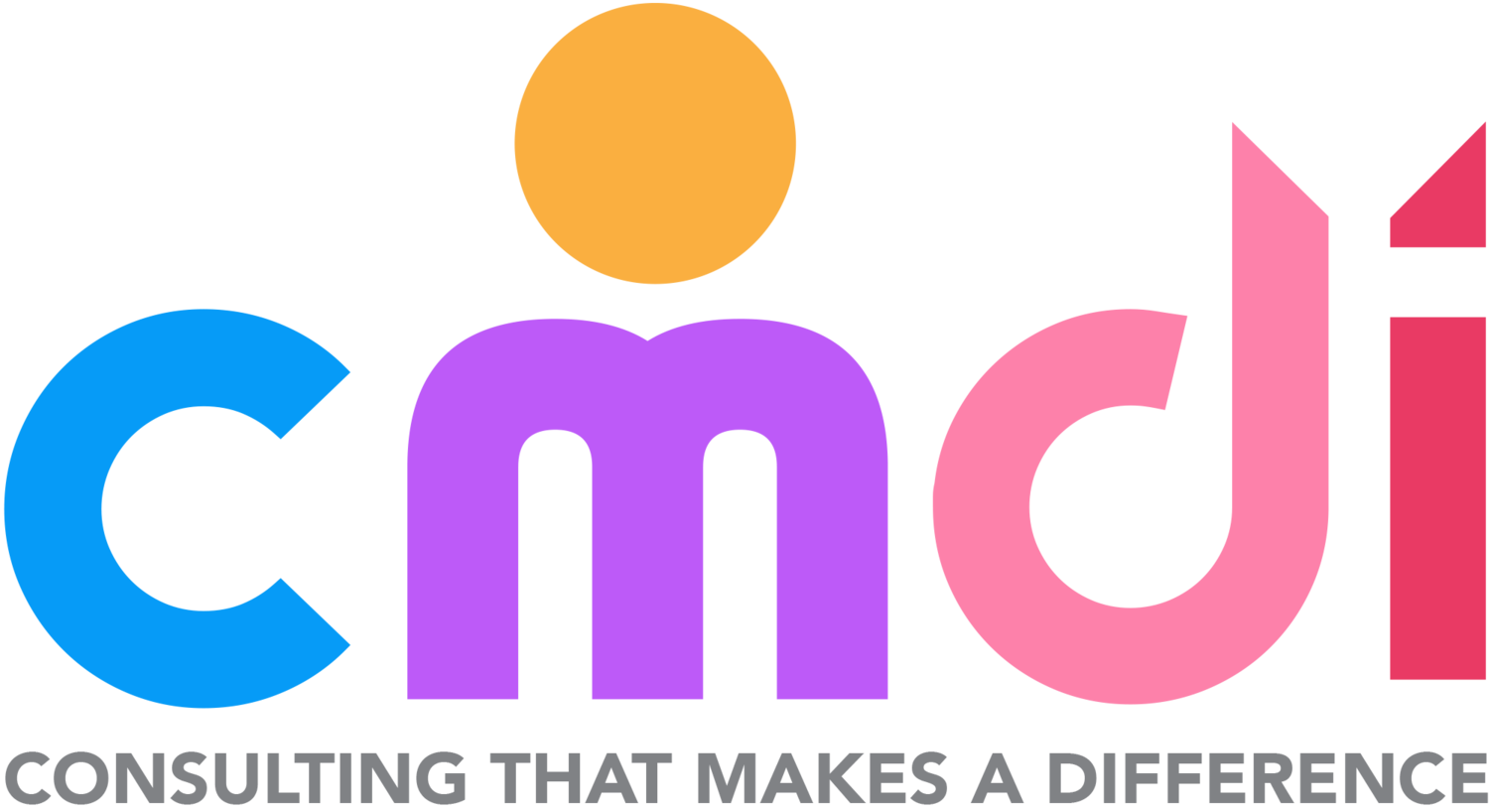Learning About Exclusion: Life After My Sister’s Diagnosis with Epilepsy
November is National Epilepsy Awareness Month. Anyone whose life has been touched by this neurological disorder knows firsthand how difficult this journey can be. For me, having a sister with epilepsy not only changed almost every aspect of my childhood but also gave me my first real understanding of what inclusion, and conversely, exclusion is all about.
I remember the morning my sister Stacy had her first seizure. She was 9 and I was 6. It is probably one of my earliest and most frightening memories of my life. On a very typical fall Sunday morning, our family suddenly became very atypical. It was 1971 and my sisters and I were in the family room watching “Wonderama”, while our parents slept in. I remember looking over at my sister Stacy after hearing some unfamiliar sounds coming from her direction. Suddenly my sister started shaking and thrashing on the floor and I remember being petrified, almost instinctively knowing that this was very serious. My oldest sister yelled for me to go wake up my parents and tell them something was wrong with Stacy.
The next memory I have is our home being filled with the sound of sirens and people in all sorts of uniforms scurrying around my sister. Next, Stacy was carried out of the house on a stretcher, still in the midst of having a seizure. Little did I know that this scene would become almost normal to us for the next couple of years while her neurologist tried many combinations of medications in hopes of controlling her seizures.
Our family life changed forever that Sunday morning. I share this part of my life because as I look back, it really was the first time I experienced what disability meant and what exclusion and inclusion were all about. Prior to her diagnosis, my sister Stacy was a very popular, outgoing kid. I remember always admiring this in her because I was incredibly shy as a child. Unfortunately, back in the early 70s (and throughout history before then) people didn’t understand what epilepsy was all about. I remember there were neighborhood children whose parents would no longer allow them to come over our house in fear that they might somehow “catch it”. I remember my sister crying a lot. I remember her coming home from school one day saying that kids were making fun of her and calling her a baby. Somehow her classmates found out that we had a baby gate at the top of our stairs. While this was true and needed as a safety precaution just in case she had a seizure near the top of the stairs, this information became the start of many rumors being spread about my sister and her diagnosis for many, many years to come. Stacy experienced exclusion and all the devastation that comes with it. She quickly went from being a happy, social child to an angry, depressed and lonely person throughout the remainder of her life.
Thankfully, with medical research, we now have accurate information available and many treatment options for people diagnosed with epilepsy. While, in the schools I support today, children with epilepsy do not seem to be on that ever-changing, arbitrary list of who is excluded, there are still so many children with other diagnoses who unfortunately remain on that list. This is why I started my company over 20 years ago and why I will continue to do the work that I do till inclusion is embraced as a human right for ALL.
If you want more information about epilepsy, below are two wonderful websites to visit.
Here’s some helpful information below from https://epilepsysociety.org.uk/ about seizures:
Most seizures happen suddenly without warning, last a short time (a few seconds or minutes) and stop by themselves.
Seizures can be different for each person.
Just knowing that someone has epilepsy does not tell you what their epilepsy is like, or what seizures they have.
Calling seizures ‘major’ or ‘minor’ does not tell you what happens to the person during the seizure. The names of seizures used on this page describe what happens during the seizure.
Some people have more than one type of seizure, or their seizures may not fit clearly into the types described on this page. But even if someone's seizures are unique, they usually follow the same pattern each time they happen.
Not all seizures involve jerking or shaking movements. Some people seem vacant, wander around or are confused during a seizure.
Some people have seizures when they are awake, called 'awake seizures'. Some people have seizures while they are asleep, called 'asleep seizures' (or ‘nocturnal seizures’). The names 'awake' and 'asleep' do not explain the type of seizures, only when they happen.
Injuries can happen during seizures, but many people don't hurt themselves and don't need to go to hospital or see a doctor.
Here are some statistics about epilepsy from www.epilepsy.com
65 MILLION: Number of people around the world who have epilepsy.
3.4 MILLION: Number of people in the United States who have epilepsy.
470,000: Number of children in the United States who have epilepsy.
1 IN 26 people in the United States will develop epilepsy at some point in their lifetime.
BETWEEN 4 AND 10 OUT OF 1,000: Number of people on earth who live with active seizures at any one time.
150,000: Number of new cases of epilepsy in the United States each year
ONE-THIRD: Number of people with epilepsy who live with uncontrollable seizures because no available treatment works for them.
6 OUT OF 10: Number of people with epilepsy where the cause is unknown.
